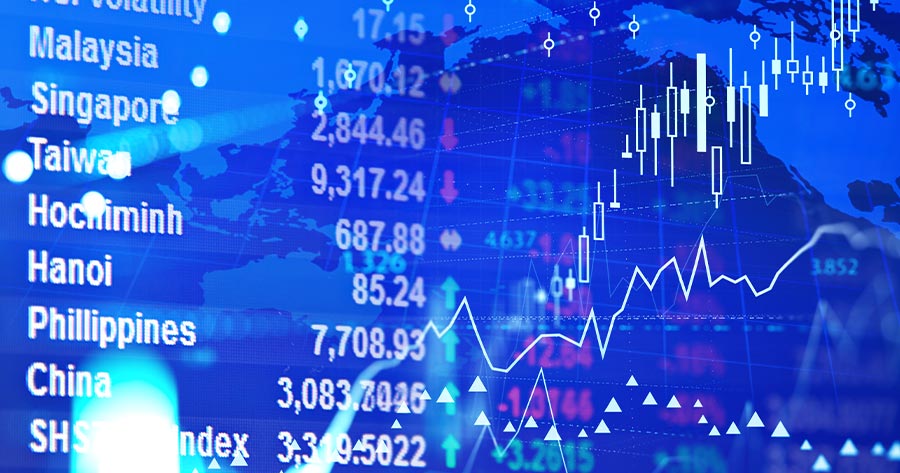On Monday morning (8 September, 9:27 AM, GMT+7, Bangkok time), most indices in Asia Pacific exhibited an upward trend as traders reacted to Japanese Prime Minister Shigeru Ishiba’s unexpected decision to step down and looked ahead to critical economic updates throughout the area.
Ishiba’s resignation came as mounting electoral losses eroded his mandate. Despite the Liberal Democratic Party’s overwhelming presence in the lower house, its loss of majority in the upper chamber means the leadership transition may not be straightforward, raising the possibility of the opposition uniting behind a rival candidate.
Additionally, investors are particularly attuned to China’s forthcoming trade figures for August, which are poised to provide fresh insight into the world’s second-largest economy.
In the United States, the week’s focus will turn to inflation data, with the producer price index for August set for release on Wednesday, followed by the consumer price index report on Thursday.
Japan’s NIKKEI jumped by 1.62% to 43,714.61. South Korea’s KOSPI rose by 0.24% to 3,212.87, while Australia’s ASX 200 dropped by 0.45% to 8,830.9.
As for stocks in China, Shanghai’s SSEC grew by 0.17% to 3,818.84. Hong Kong’s HSI increased by 0.34% to 25,504.86, and Shenzhen’s SZI climbed by 0.18% to 12,613.19.
The U.S. stock markets edged down on Friday as the Dow Jones Industrial Average (DJIA) declined by 0.48% to 45,400.86. NASDAQ slid by 0.03% to 21,700.38, and S&P 500 shrank by 0.32% to 6,481.5. VIX contracted by 0.78% to 15.18.
As for commodities, oil prices settled lower on Friday following disappointing U.S. employment data, which raised concerns about weakening energy demand. Additional pressure came from expectations that supply could increase, as OPEC and its allies prepared for discussions over the weekend that may lead to higher output.
Nevertheless, the prices surged on Monday, after OPEC+ signaled it would slow the pace of output increases starting in October in response to anticipated cooling in global demand. By 0047 GMT, Brent crude was up 34 cents, or 0.5%, at $65.84 per barrel, while U.S. West Texas Intermediate gained 30 cents, also 0.5%, to reach $62.17 a barrel.
Meanwhile, gold futures decreased 0.67% to $3,628.9 per Troy ounce.



